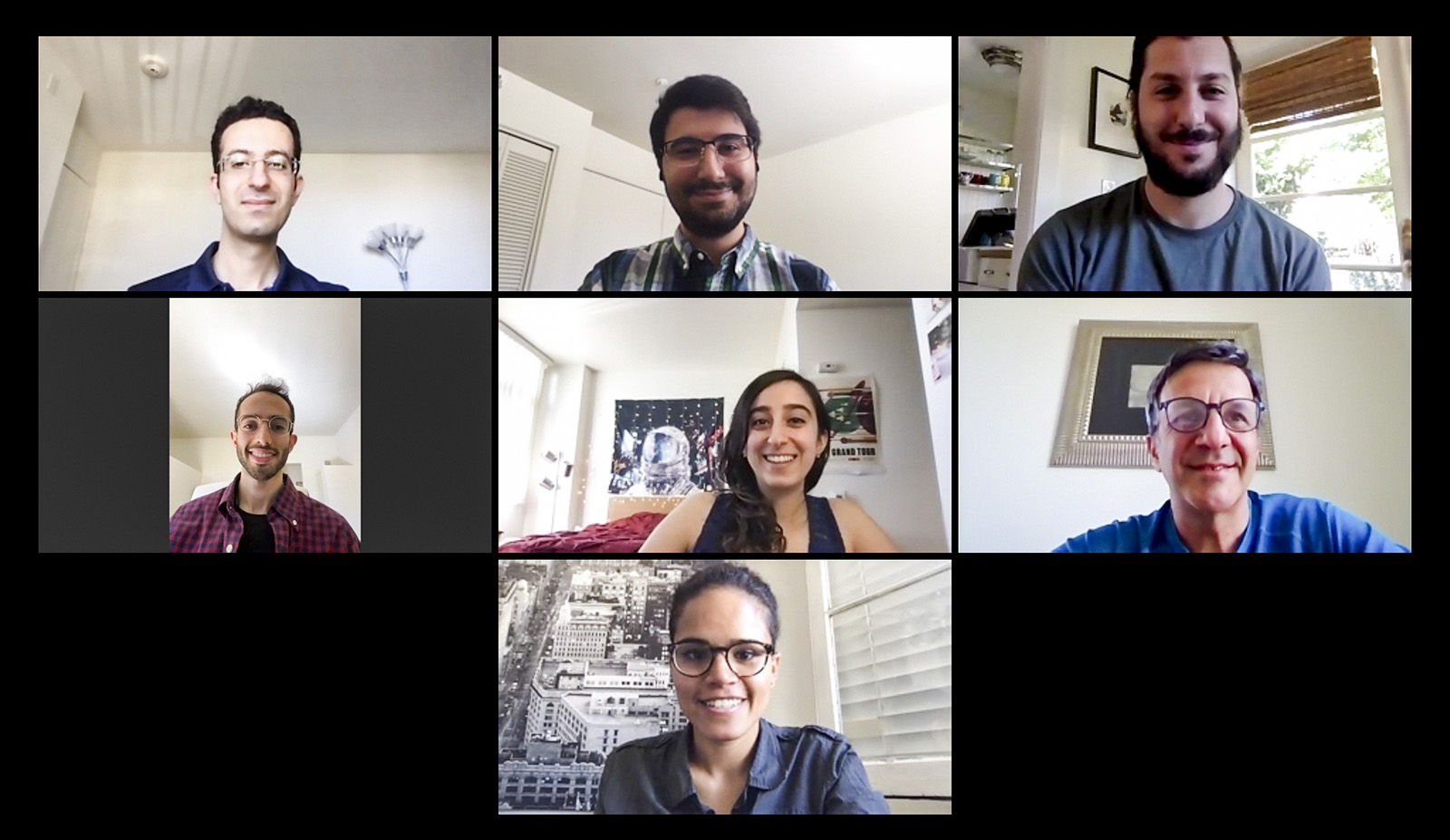
A UCLA professor and students created an artificial intelligence-based tool to collect and correlate data related to the COVID-19 pandemic easily.
Majid Sarrafzadeh, a computer science professor who specializes in health analytics, created the tool Olivia to reduce the difficulty of generating models and understanding data science.
“Our goal always is to make science accessible to everyone,” said Sarrafzadeh. “And I literally mean everyone. And I think Olivia is one step toward that.”
Sarrafzadeh, who works at UCLA’s eHealth Research Lab, collected data from prominent coronavirus data sources, including Johns Hopkins University, the Centers for Disease Control and Prevention, and U.S. census statistics, among other sources to create a central hub for coronavirus-related information.
Olivia can generate a statistical model by applying a range of variables, including age, gender, and racial demographics depending on what the user wants to investigate.
For example, using Olivia, Sarrafzadeh created a model of how the Native American demographic has been impacted by the coronavirus since January, when coronavirus-related data was first collected.
Nothing looked abnormal at first, but when Sarrafzadeh adjusted the tool to look at counties in Arizona, Sarrafzadeh realized counties with dense Native American populations had disproportionately high coronavirus death rates compared to communities with less dense Native American populations.
“Now it’s for one of my colleagues in social science or public policy to figure out what the reason is,” Sarrafzadeh said. “It’s not our job. We are data scientists.”
The team at the eHealth Research Lab hopes to use Olivia to predict trends related to the coronavirus, Sarrafzadeh said—>delete. Unless you’re going to quote him, this is implied and not necessary. They hope to branch out to other subjects unrelated to COVID-19 in the future by adding data related to heart failure, mental health and the environment, among other topics.
“There are a lot of ways a user can narrow their interests to use the tool in a valuable way,” said Davina Zamanzadeh, a computer science graduate student who used Olivia.
Zamanzadeh investigated states in the U.S. with similar gross domestic product to find trends between poverty and the cumulative death rate from the coronavirus. Some states showed a correlation while others she distinguished as outliers.
Once outliers are identified, the user can investigate the causes behind deviations, which can help advance research or inform the average user on the state of the coronavirus.
According to Anaelia Ovalle, a graduate student in computer science student who worked on the project, the team strives for ease of use and transparency.
“Across various institutions in the United States, not a lot of data is being shared, or if it is, it’s really hard to find or access and understand,” Ovalle said. “We want to do all those things at once.”
